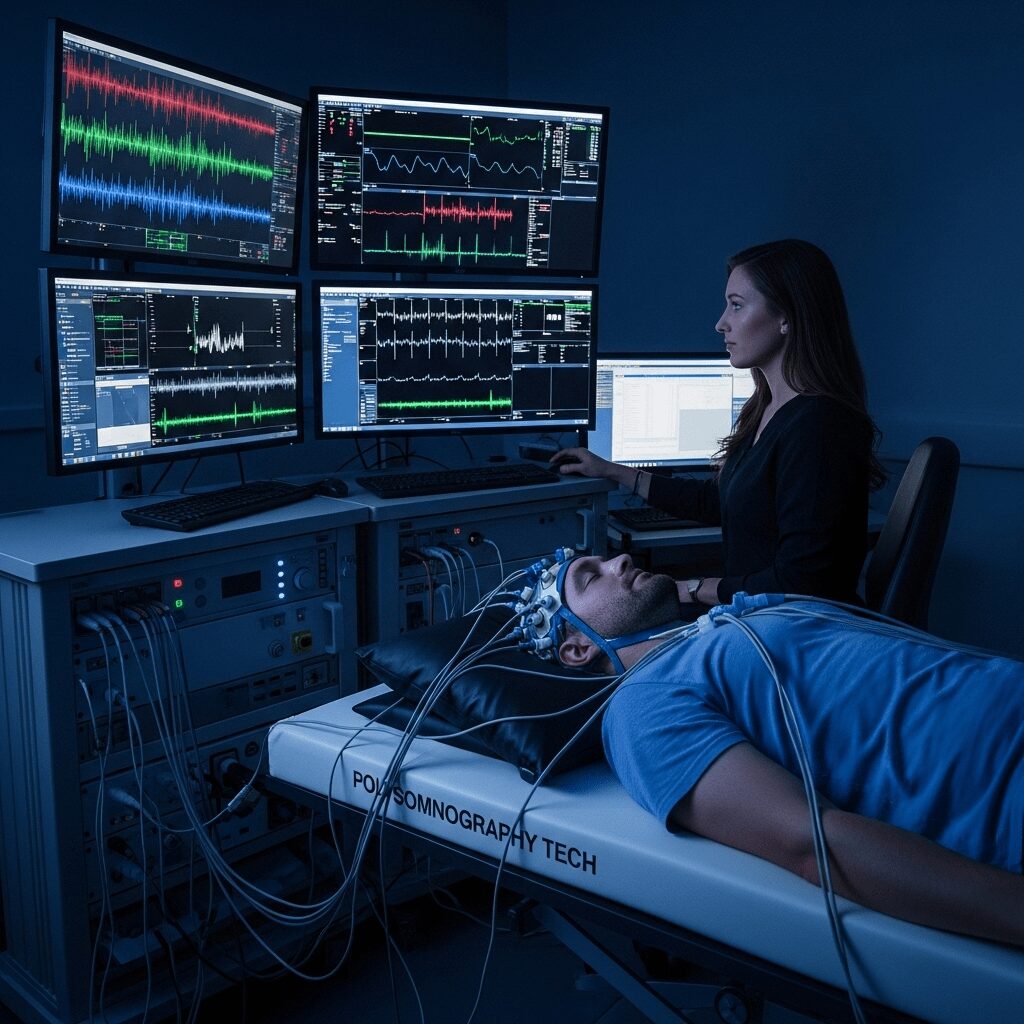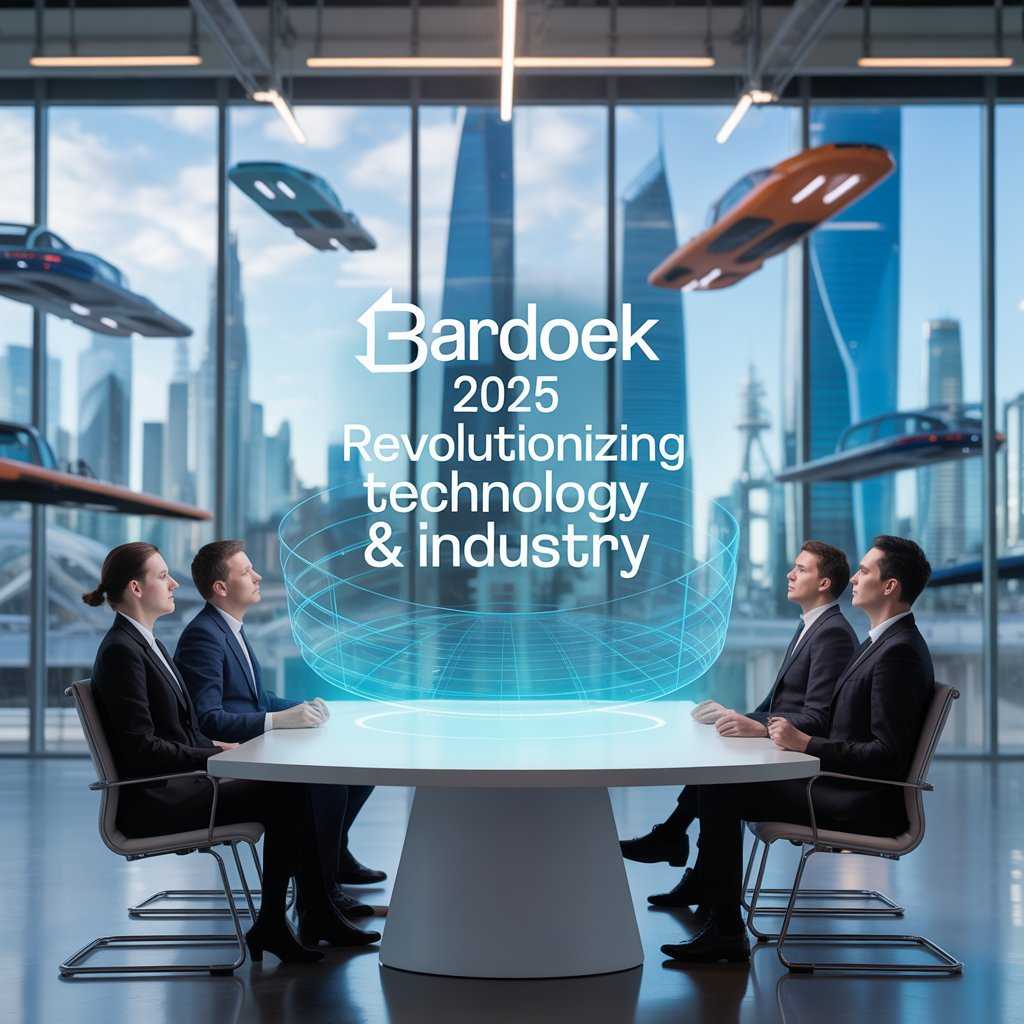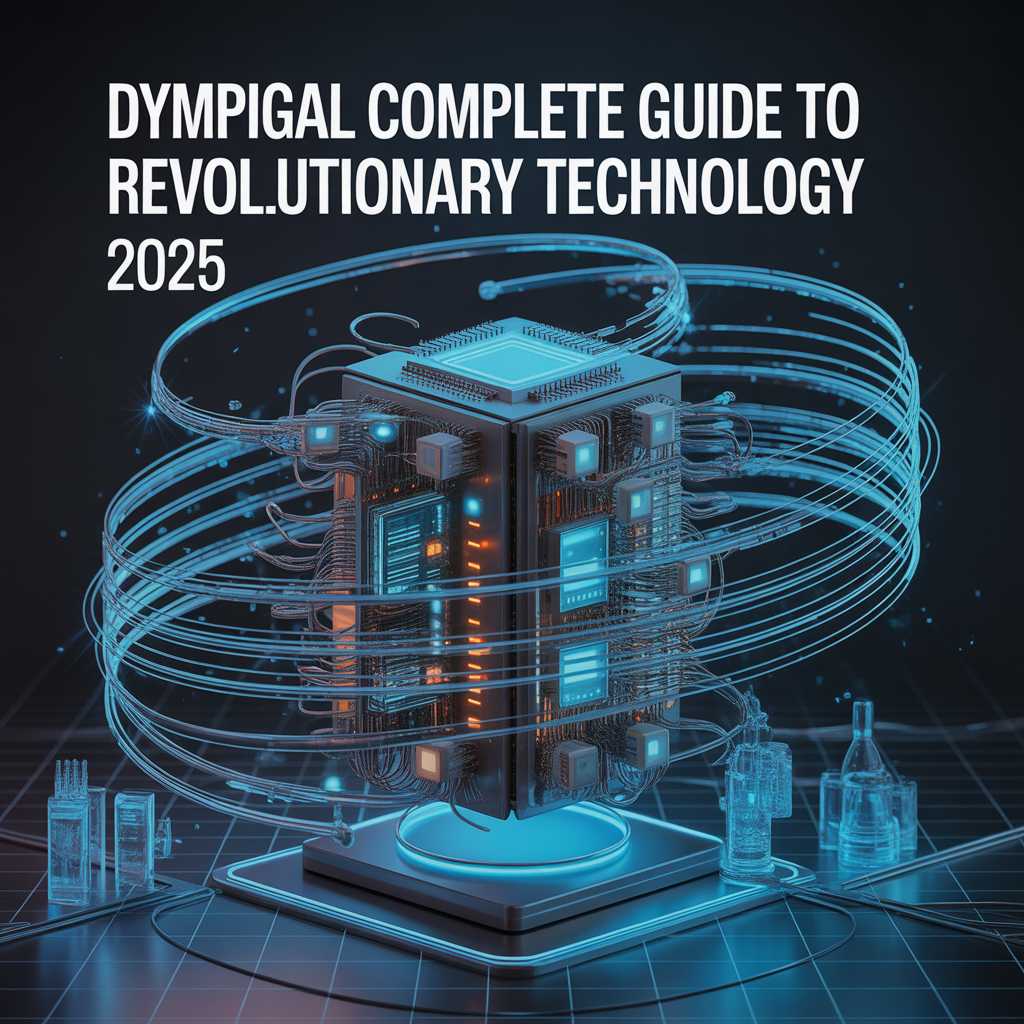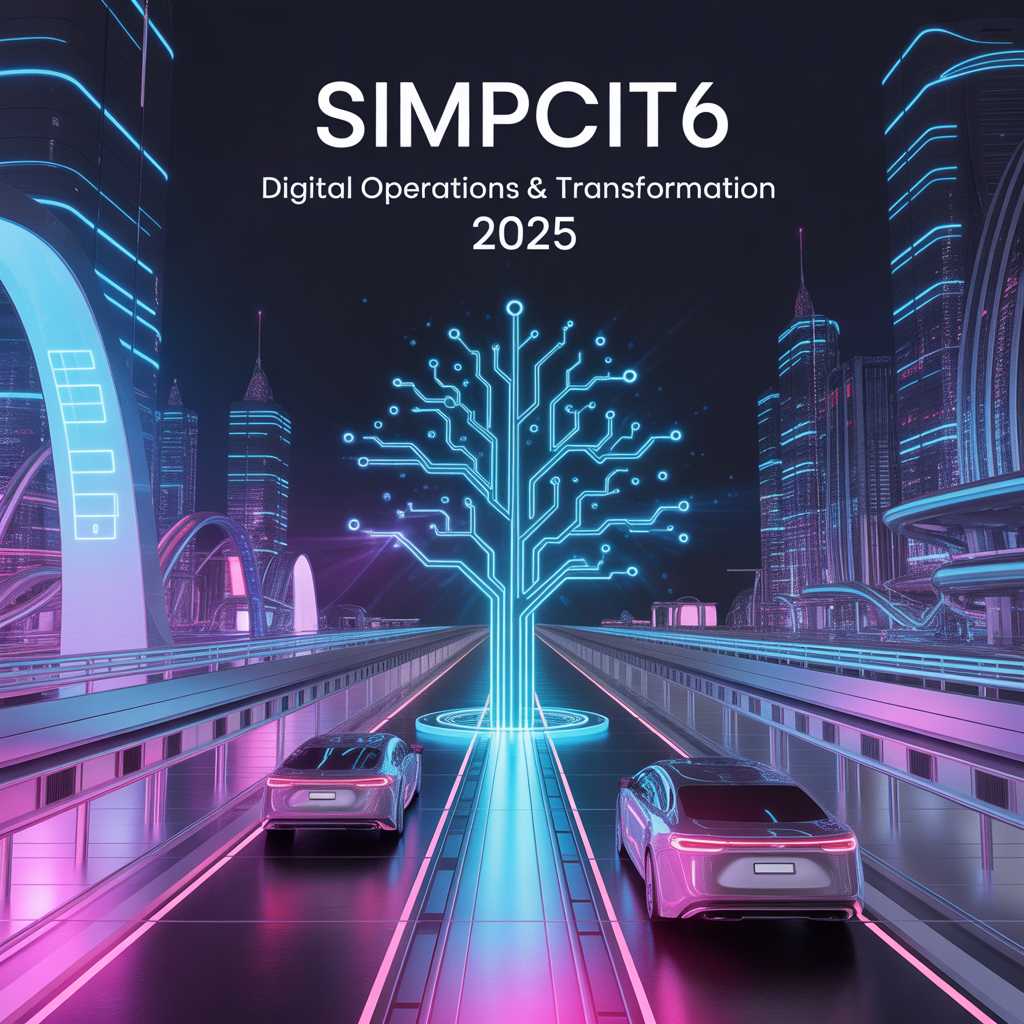Polysomnography Tech sleep is a fundamental pillar of health, yet millions struggle with sleep-related issues that go undiagnosed and untreated. While a restless night might seem like a minor inconvenience, chronic poor sleep can contribute to serious health problems, from heart disease to diabetes. For decades, the key to unlocking the mysteries of our sleep has been polysomnography, the gold standard for diagnosing sleep disorders.
Traditionally conducted in specialized sleep labs, this comprehensive test has often been perceived as cumbersome and inaccessible. However, recent advancements in polysomnography tech are changing the landscape of sleep medicine. Modern sleep study technology is becoming more sophisticated, patient-friendly, and integrated, offering deeper insights than ever before.
This guide will explore the world of polysomnography tech, from its historical roots to its future potential. We will cover the core components of these systems, their clinical applications, and the vital role of the polysomnography technologist. By the end, you’ll have a clear understanding of how this evolving technology is making accurate sleep disorder diagnosis more accessible and transforming patient care.
A Brief History of Polysomnography Tech
The journey to understand sleep has been long and complex. Before the advent of modern technology, studying sleep was a purely observational science, with researchers limited to noting physical movements and self-reported experiences.
Early Sleep Studies Before Technology
During the 19th and early 20th centuries, scientists studied sleep by looking at it by hand. They would observe individuals while they slept, recording their respiratory patterns, bodily movements, and any discernible sounds, such as snoring. These approaches were basic and based on personal experience, so they didn’t give us much information about the complex biochemical processes that happen during sleep. Important discoveries, like figuring out that there are various sleep cycles, were innovative but didn’t have the detailed data needed for therapeutic use.
The Emergence of Polysomnography
The major breakthrough was when the electroencephalogram (EEG) was invented. This made it possible for scientists to record brain wave activity. Eugene Aserinsky and Nathaniel Kleitman used EEG in the 1950s to find Rapid Eye Movement (REM) sleep, which is a separate stage of sleep that is linked to dreaming. This discovery was the start of contemporary sleep science. In the 1970s, the first clinical polysomnography tests were used to find problems like sleep apnea. This led to the opening of specialized sleep labs all over the world.
Evolution Over the Decades
The development of polysomnography technology has been amazing. Early systems employed analog paper recorders, which were hard to use and needed people to score hundreds of pages of data by hand. The switch to digital technology in the late 20th century changed the profession completely by making it easier to store, analyze, and share data. Software that runs on computers started to help with scoring, which made things more efficient and consistent.Today, we are seeing another big step ahead with the creation of portable, wireless, and home-based polysomnography equipment that will make things more comfortable and accessible for patients.
Components of Modern Polysomnography Tech
A full polysomnography exam looks at many different physiological factors at the same time to provide a full picture of a patient’s sleep. A number of sensors and gadgets, each of which is very important, make this possible.
Neurological Monitoring
At the core of any sleep study is the monitoring of brain activity.
- EEG (Electroencephalogram): Small electrodes are placed on the scalp to record the brain’s electrical signals. These signals, or brain waves, change in predictable patterns throughout the different stages of sleep (N1, N2, N3, and REM).
- Sleep Stage Classification: Polysomnography technologists and advanced software analyze EEG data to classify sleep stages, identifying how much time a patient spends in each stage and whether the transitions between them are normal.
Eye and Muscle Movement Monitoring
Observing eye and muscle activity helps confirm sleep stages and identify specific disorders.
- EOG (Electrooculogram): Electrodes placed near the eyes detect the rapid, darting eye movements characteristic of REM sleep.
- EMG (Electromyogram): Sensors on the chin and legs measure muscle tone. During most sleep stages, muscles are relaxed, but they become almost completely paralyzed during REM sleep. This data is critical for diagnosing conditions like REM sleep behavior disorder.
Cardiovascular and Respiratory Monitoring
Monitoring the heart and lungs is essential for diagnosing sleep-disordered breathing, such as sleep apnea.
- ECG (Electrocardiogram): Electrodes on the chest track heart rate and rhythm, detecting any cardiac irregularities that may occur during sleep.
- Breathing Flow Sensors: A nasal cannula or thermistor measures airflow through the nose and mouth, identifying pauses in breathing (apneas) or reductions in airflow (hypopneas).
- Oximetry: A small clip on the finger, known as a pulse oximeter, continuously measures blood oxygen saturation levels, which can drop significantly during apneic events.
Key Features of Advanced Polysomnography Devices
The latest generation of sleep study technology incorporates features that enhance accuracy, integration, and the patient experience.
Accuracy and Reliability
Polysomnography equipment made nowadays are quite accurate. Better sensor technology and more advanced algorithms have made it less likely that people will make mistakes when collecting and scoring data. Automated calibration and signal verification make sure that the data collected is of the best quality, which leads to more accurate diagnoses.
Integration with Healthcare Systems
Modern medical technology is known for its ability to seamlessly integrate data. Many polysomnography systems may now work with Electronic Health Records (EHR), making it easy to record and access sleep data together with other medical information about a patient. Cloud-based solutions make it easier for researchers and teams from different fields to share data and work together.
Patient-Centered Design
A major focus of innovation has been on improving patient comfort. Wireless sensors and smaller, lighter devices reduce the tangle of wires that can disrupt sleep. The rise of home sleep apnea testing (HSAT) with portable polysomnography devices allows patients to undergo studies in the comfort of their own beds, which can result in a more typical night of sleep.
The Role of the Polysomnography Technologist
Technology is powerful, but people are still very important. Sleep techs, sometimes called polysomnography technologists, are the trained specialists who do sleep studies and make sure the data is correct and of high quality.
Responsibilities of a Sleep Tech
A sleep tech has a lot of work to do. They start by getting the patients ready, going over the procedure, and carefully putting in all the sensors. They keep an eye on the patient and the equipment all night, fixing any problems that come up. Their goal is to ensure the patient’s safety and comfort while collecting a high-quality data set. After the study, they often help score the data and write a detailed report for the doctor.
Essential Skills for Success
The job needs a certain mix of talents. To use and take care of complicated equipment, a polysomnography technologist needs to be very good with technology. Their ability to get along with others is just as vital, since they need to be able to talk to patients who may be nervous or uncomfortable. Finally, they need to be able to analyze complex physiological data and spot problems.
Navigating Challenges and Limitations
Polysomnography technology has its pros and cons, though. Some people can’t get tested because of money problems, like the high cost of equipment and restricted insurance coverage. Technical problems, including sensors moving because the patient moves or equipment breaking down, might make data less reliable. Also, gathering private health information creates serious ethical and privacy issues about data security and patient privacy.
The Future of Polysomnography Tech
The field of sleep medicine is on the cusp of another major transformation, driven by artificial intelligence, wearables, and telemedicine.
Artificial Intelligence in Sleep Analysis
AI is about to change the way we study sleep. Researchers are working on machine learning techniques that will make the slow process of grading sleep stages faster and more reliable than doing it by hand. AI can also find little patterns in sleep data that people might miss. This makes it possible to use predictive analytics to find sleep disorders early on.
Integration with Wearable Devices
The rise of smartwatches and other consumer wearables that can track sleep is making it possible to keep track of sleep over a longer period of time. These devices are not yet a replacement for clinical-grade polysomnography, although their accuracy is getting better. In the future, data from wearables could be used in addition to traditional sleep studies to give a more complete, long-term picture of a patient’s sleep patterns.
Remote and Telemedicine Applications
Telemedicine is making sleep medication easier to get. Patients can get expert care without having to travel by having remote consultations with sleep specialists. As home-based polysomnography technology continues to improve, it will make it even easier for patients to get tested and take some of the stress off of hospitals.
Frequently Asked Questions About Polysomnography Tech
What disorders can polysomnography tech diagnose?
Telemedicine is making sleep medication easier to get. Patients can get expert care without having to travel by having remote consultations with sleep specialists. As home-based polysomnography technology continues to improve, it will make it even easier for patients to get tested and take some of the stress off of hospitals.
Is a polysomnography test painful or uncomfortable?
The test itself is not painful. The electrodes and sensors are applied to the surface of the skin with adhesive. However, some patients find it difficult to sleep with the equipment attached or in the unfamiliar environment of a sleep lab. This is one reason why home sleep testing is becoming a popular alternative for diagnosing sleep apnea.
How long does a sleep study take with polysomnography tech?
A normal polysomnography test in a lab lasts for one whole night. Most of the time, patients come to the sleep center in the evening and leave the next morning. The real time it takes to record is usually between six and eight hours.
Can polysomnography be done at home?
Yes, but only under some conditions. Home sleep apnea testing (HSAT) uses portable polysomnography devices to find obstructive sleep apnea. These exams are easier than in-lab investigations since they usually only check respiration, heart rate, and oxygen levels. They are not good for figuring out all sleep problems.
What’s the difference between a sleep tech and a sleep specialist?
A polysomnography technologist (sleep tech) is a trained professional who administers the sleep study. A sleep specialist is a medical doctor (MD or DO) with specialized training in sleep medicine who interprets the results of the study, makes a diagnosis, and recommends treatment.
A New Era for Sleep Health
Polysomnography tech has gone a long way since the days when people had to watch things by hand. Today’s cutting-edge sleep research technology gives us a unique look into the complicated world of sleep, making it possible to accurately diagnose and effectively treat sleep problems. As AI and patient-centered design push technology forward, we should expect sleep medicine to become increasingly more tailored to each person, easier to get, and more effective.
We can strive toward a future where everyone has the chance to get the restorative sleep they need for a healthy and productive life by raising awareness and accepting these new ideas.




